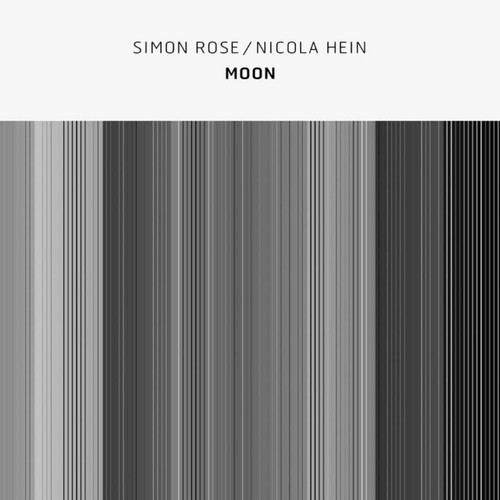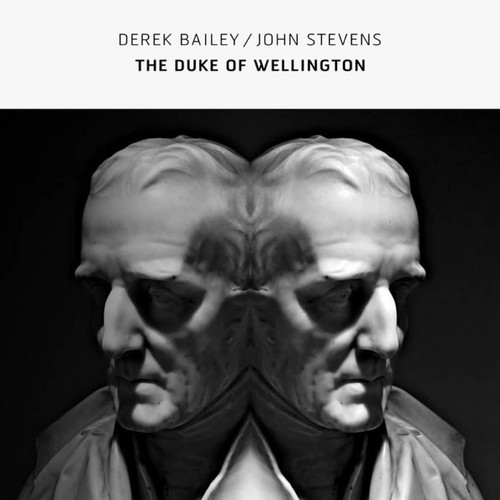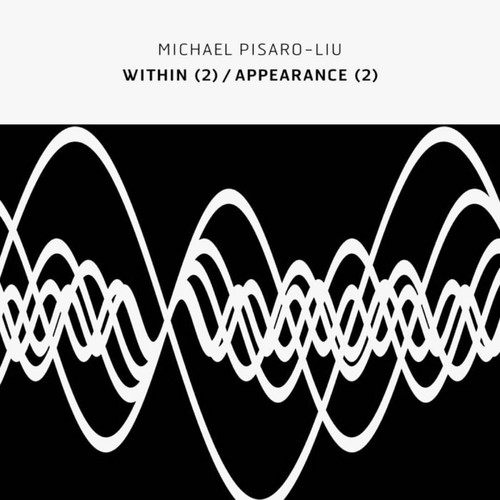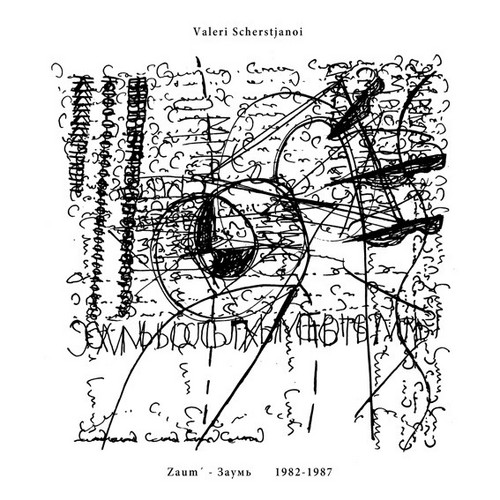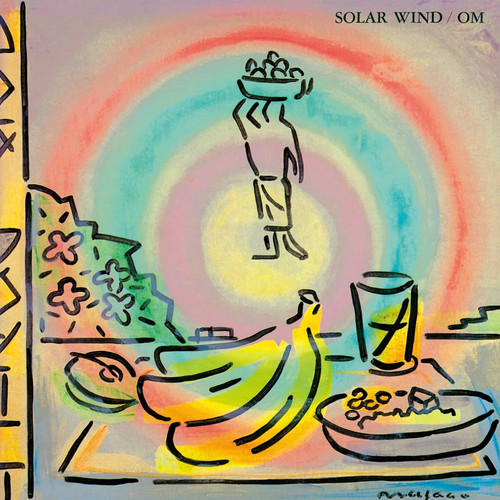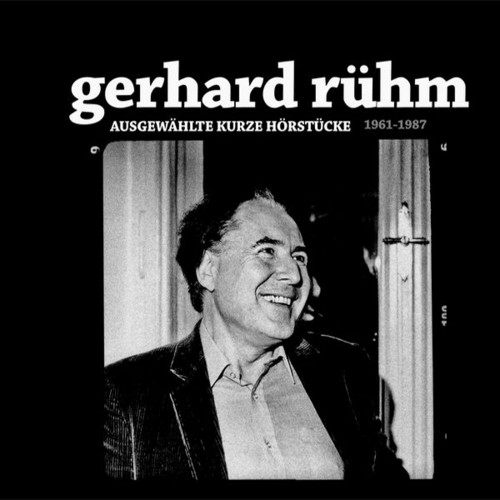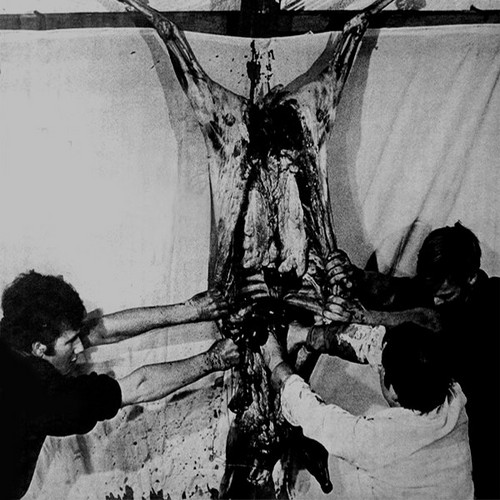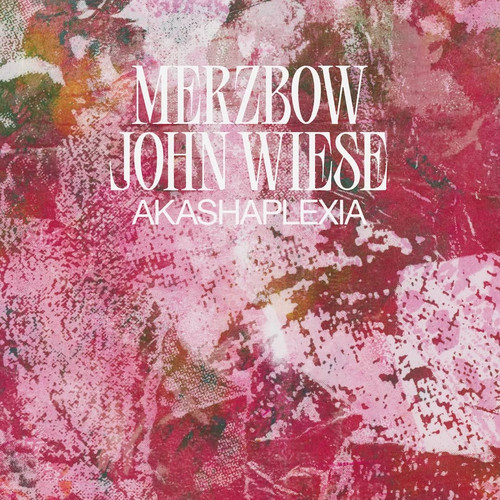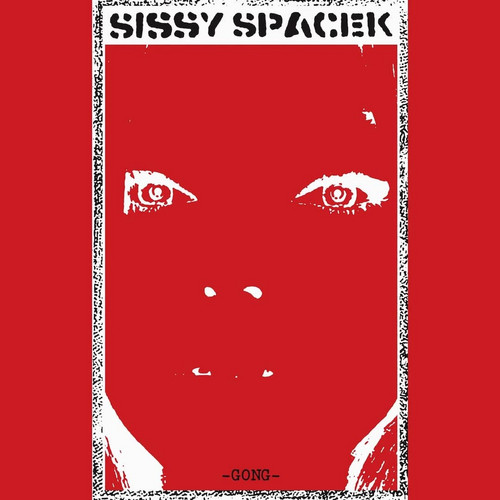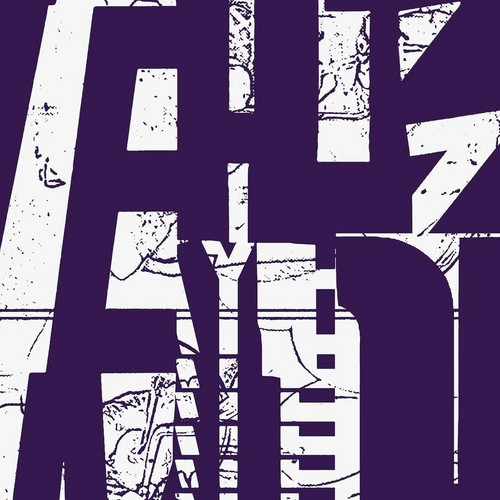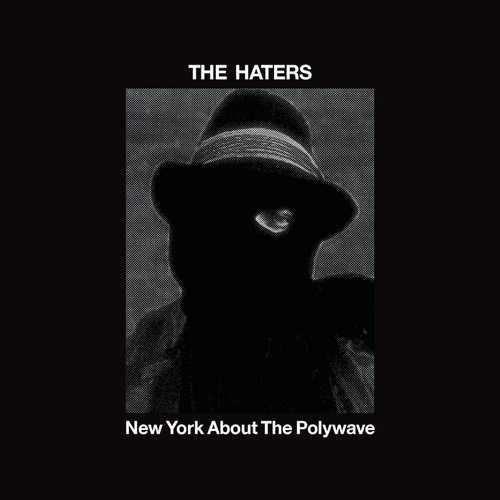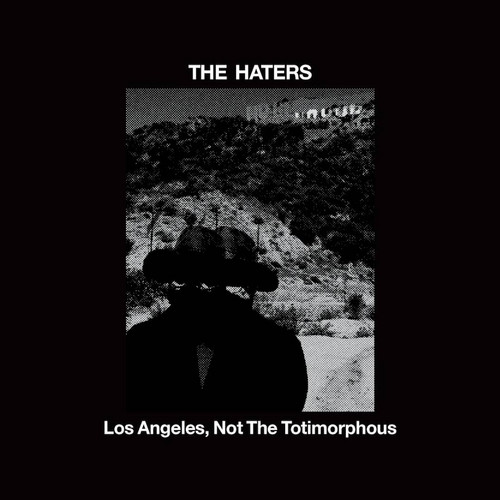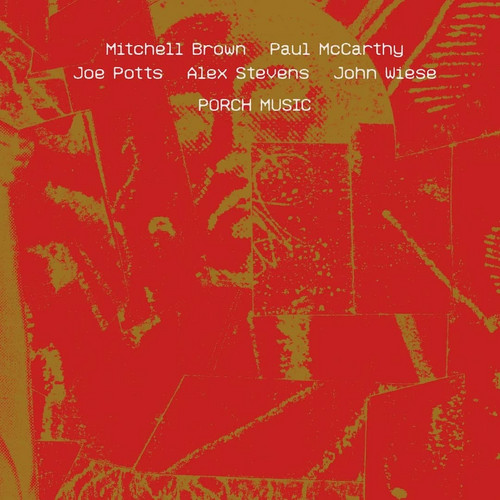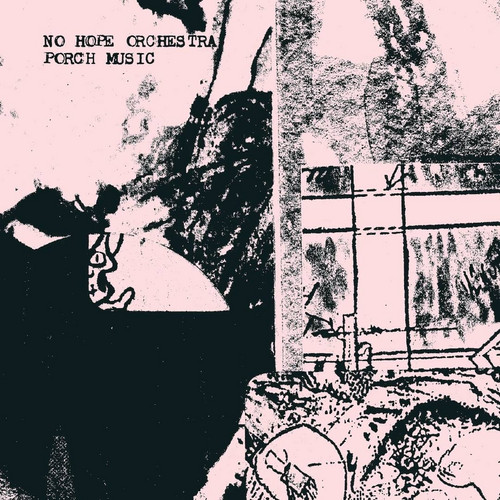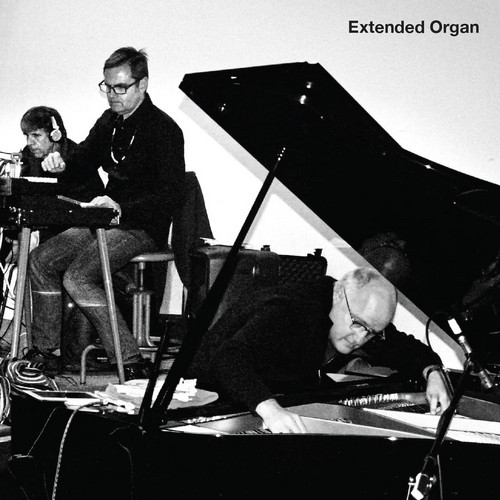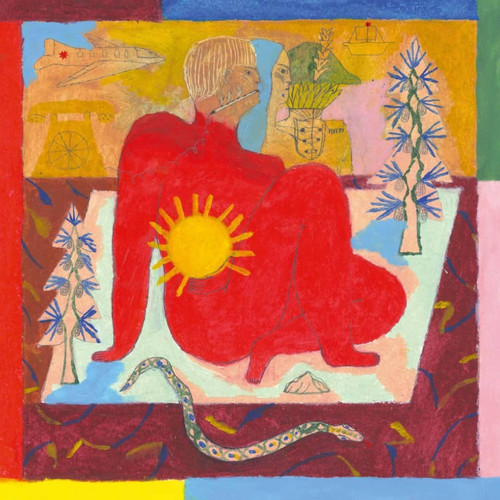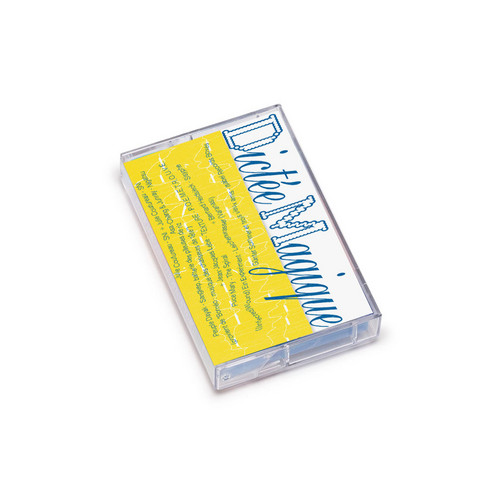New Arrivals / Last 4 weeks
Moon
Moon sees Simon Rose and Nicola Hein map a shifting terrain between breath and electricity. Baritone saxophone and microtonal guitar unfurl in subtle layers, crafting a microcosm where fragility and abrasion lie side by side, always moving, always searching.
The Duke of Wellington
The Duke of Wellington is a vivid portrait of Derek Bailey and John Stevens in spontaneous conversation, recorded live at a London pub in 1989. The set captures their dynamic synergy; jagged guitar and agile percussion interlock and diverge in an unrepeatable display of free improvisational skill.
Within (2) / Appearance (2)
Within (2) / Appearance (2) by Michael Pisaro-Liu presents a contemplative exploration of duration and silence, foregrounding gradual transformation. These extended works for guitar and double bass, created with Michael Francis Duch, reward patient listening and engage with resonance and subtlety over spectacle.
Zaum´ - Заумь 1981-1989
Edition of 80 copies, signed and numbered by Scherstjanoi. Published on occasion of the exhibition “Valeri Scherstjanoi – Auf dem Weg zum Scribentismus, Experimentelle Texte und Gesten. 1982-1989” at Rumpsti Pumsti (Musik), Berlin, June 2012. Featuring previously unreleased Phonetic-Poetry pieces recorded 1981-1989. Screenprinted sleeve featuring scribentic artwork by Scherstjanoi, black vinyl, stamped label, black poly-lined innersleeve, insert.
Solar Wind
Solar Wind, the singular album from OM led by guitarist Seiji Hano, is widely regarded as a milestone in Japanese ethnic jazz. Recently reissued, this masterwork summons a refined blend of acoustic purity, melancholic resonance, and wabi-sabi beauty, drawing subtle influence from ECM contemporaries like Oregon and Codona while breathing unmistakable Japanese spirit. With each track, from the mesmerizing “Windmill” to the final notes, Solar Wind achieves a seamless, moving elegance - a flawless e…
Ausgewählte Kurze Hörstücke 1961-1987
special edition of 60 copies, signed, with additional CD Unlike previous Gerhard Rühm editions on Tochnit Aleph which portrayed his phonetic poetry and longform radio-plays, the pieces on Ausgewählte Kurze Hörstücke are more conceptual, actionist, and (mostly) sound-based works recorded between 1961 and 1987. Liner notes by Gerhard Rühm in English and German.
Akustisches Abreaktionsspiel
Special edition of 10 copies with Signed photoprint and CD Hermann Nitsch’s very first release, originally published 48 years ago by Edition Galerie Klewan in a limited edition of 100 copies..Produced and recorded at the WDR Radio in Cologne, Germany, the Akustisches Abreaktionsspiel (Aktion 38b) is "neither a radioplay nor a work of music. it merely portrays the acoustic part of an "abreaktionsspiel“ (a play of abreaction). the special and specific usage of the acoustic possibilities are in the…
Akashaplexia
Akashaplexia is the culmination of Merzbow and John Wiese’s decades-long partnership, offering over three hours of new music across four CDs. Recorded together in Tokyo, the album balances Merzbow’s psychedelic intensity and Wiese’s meticulous sonic architecture, presenting a vast and intricately detailed landscape of noise, improvisation, and unpredictable dynamic shifts.
Gong
Gong, newly reissued on CD with bonus tracks, finds Sissy Spacek at their inventive peak, transforming the noise duo format into a meticulous, sprawling environment. The album’s two extended pieces are collages of violently manipulated junk noise, shattered electronics, and warped musical fragments, merging chaos and structure. Through masterful tape edits and dense, eerie atmospherics—including glass, metal, piano, and field recordings—the band delivers an immersive, unpredictable journey into …
Raiser
Raiser captures a 2013 Bronson session of Sissy Spacek—Phil Blankenship, Charlie Mumma, and John Wiese—in Los Angeles, channeling an intense fusion of harsh noise and noisecore. The album is a relentless, cathartic experience: shriek-laced blasts, searing electronics, and disintegrating metal fragments, all reassembled into monstrous, meticulously pieced sound collages. The result is sonic destruction made compositional, a full-spectrum assault that melts into jittery static and transformed debr…
New York About the Polywave
New York About the Polywave chronicles both recent and archival New York performances by The Haters, the iconic noise and conceptual art collective led by GX Jupitter-Larsen since 1979. The collection includes the ferocious 2025 “Digging Through Time” show at TV Eye, where shovels and a large wooden clock met their entropy-fueled fate, as well as earlier interventions involving calculators against fans and amplified hole-punch devices. These actions expose The Haters’ unique sonic and conceptual…
Los Angeles, Not the Totimorphous
Los Angeles, Not the Totimorphous surveys The Haters’ uncompromising presence in Los Angeles, led by GX Jupitter-Larsen since 1979. This documentation compiles both contemporary and archival performances: the 2024 45th Anniversary Show at Coaxial Arts Center with GX, AMK, John Wiese, and Elden M weaponizing transistor radios, turntables, tape, and rust; a 2011 suitcase-smashing set at LACE; and a 1991 event devoted to tearing paper. Each iteration presents entropy and action as its own aesthetic…
Porch Music
Porch Music is a double album uniting Mitchell Brown (Gasp), Paul McCarthy, Joe Potts (Airway), Alex Stevens, and John Wiese (Sissy Spacek) from the Los Angeles Free Music Society, documenting the group's studio session at McCarthy’s studio and their inaugural live set from The Box gallery. Crafted from melting cinematic sounds, this release captures the ensemble's exploratory spirit with artwork by Ace Farren Ford.
Porch Music
Porch Music documents No Hope Orchestra, an ambitious large ensemble led by Paul McCarthy and featuring core members of the Los Angeles Free Music Society. Recorded live at The Box gallery concert in Los Angeles, the project harnesses a vivid assembly of improvisers—Mitchell Brown, Elaine Carey, Dennis Duck, Ace Farren Ford, Juan Gomez, Mike Gonzalez, Joseph Hammer, Keith Lubow, Nathaniel Mellors, Joe Potts, Rick Potts, Trevor Rounseville, Alex Stevens, Molly Tierney, and John Wiese. This releas…
Ex-Org
Ex-Org is the fourth album from Extended Organ, featuring Paul McCarthy, Fredrik Nilsen, Joe Potts, Tom Recchion, and Alex Stevens. Recorded in January 2018, the album documents two sessions: one as-performed and another “decomposed” by John Wiese. Here, Extended Organ conjures an unpredictable sonic environment - Joe Potts’s Chopped Optigan, McCarthy’s improvisational guitar and vocals, and a dense fabric of homemade and vintage instruments combine to create a powerful blend of immersive ambien…
Le Grand Couturier
Le Grand Couturier debuts with a self-titled album that threads together imaginary exotica and daring contemporary experimentation. The trio crafts a distinctive palette of analog warmth, improvisational spirit, and whimsical elegance, resulting in a record that both intrigues and soothes with its lush arrangements and unpredictable textures.
Dictée Magique
Dictée Magique condenses the art of live collage and vocal layering into a rhythmic and poetic dialogue. The album features four turntable improvisations by DJ **** and Sainte Rita, centering on spoken records - voices are mixed, interrupted, and recombined, creating a continuous interplay of language and sound.
